

The Schaef
gamer level 5
3808 xp
3808 xp
followers
56
56
Use my invite URL to register (this will give me kudos)
https://boardgaming.com/register/?invited_by=theschaef
profile badges




recent achievements

Advanced Reviewer
Review 13 games and receive a total of 980 positive review ratings.
Review 13 games and receive a total of 980 positive review ratings.

Critic - Level 4
Earn Critic XP to level up by completing Critic Quests!
Earn Critic XP to level up by completing Critic Quests!

Private eye
Follow a total of 10 games
Follow a total of 10 games

Copper Supporter
Show your support for boardgaming.com by purchasing a total of 5 Gems
Show your support for boardgaming.com by purchasing a total of 5 Gems
Player Stats
Critic (lvl 4)
1725 xp
1725 xp
Explorer (lvl 1)
219 xp
219 xp
Professor (lvl 2)
580 xp
580 xp
Reporter (lvl 1)
128 xp
128 xp
About Me
I have been a member of the Columbus Area Boardgaming Society since 2007, and have loved the vast number of games I have learned about - and learned to play - in that span of time.
I like a lot of different types of games, but have found that I tend to drift towards certain tendencies. I love games with lots of fun pieces to play with, cooperative games, strong thematic titles (esp. space games), and games with good card-driven mechanics. I don't hate dice games, but dice hate me; so why do I still play Liar's Dice and Earth Reborn?









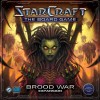





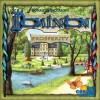
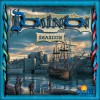










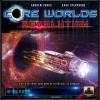
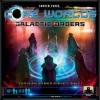
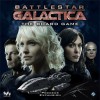
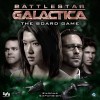
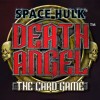
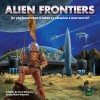


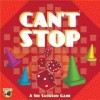




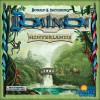

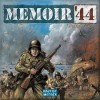





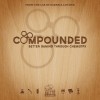


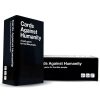
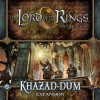




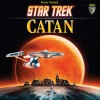

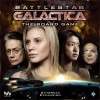








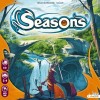
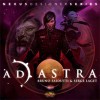






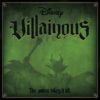






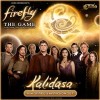
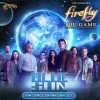


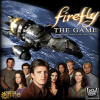


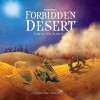

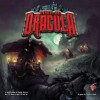



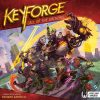
























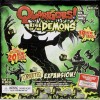






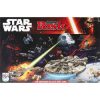
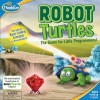

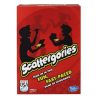

















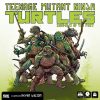





















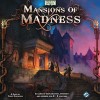


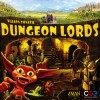





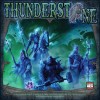



Star Wars: The Queen's Gambit
There are two axioms which have prevailed in modern culture: first, that games based on franchises are slapdash low-quality cash-in products, and the Star Wars prequels were a shadow of the former glory of the mythos. And so it was that games like Epic Duels and The Queen’s Gambit languished on store shelves at discount prices, and eventually faded as the films ran their course. Now out of print, these games have enjoyed a resurgence among gamers who realized too late that there was quite a bit of charm in these titles. I purchased both through secondary markets and consider them “holy grail” items in my collection.
Star Wars: The Queen’s Gambit re-creates the multi-layered climactic battle of Episode I, with Gungans battling droids on the open plains, the Queen staging an assault to take back her palace, and two proficient Jedi crossing sabers with the sinister Darth Maul, while Anakin weaves his way through spaceships and plot devices to power down the droid army.
Anyone familiar with Richard Borg’s Command and Colors system (employed at the time in Battle Cry) will see a strong resemblance in this design. The board is divided into sections representing each battle, with the novel second and third floors of the palace rising above the table on supports, and the game pieces are all placed in pre-assigned positions. Each player – one as the Republic forces, one as the Trade Federation – has two stacks of cards, one to manage the Gungan battlefield and space battle, and one to manage the palace battle and Jedi fight. From your hand of ten cards, you select four and place them face-down in a pile, then each player takes turns resolving them from top to bottom. Resolving the card means moving and shooting each of the units listed on the card, for one battlefield or the other. Shooting is done with custom-faced dice with hits and misses, and for the defender, blocks.
Most of the pieces in the game are generic droids, gungans and palace guards. The palace and Jedi sections have named characters from the film. Destroying any of these major units, or clearing an entire hex of Gungan battlefield units, gives the player bonus cards to play on the next turn. This tends to favor the droid army, since only Darth Maul gives a bonus to the Republic player, and the droids have a significant advantage in firepower on the Gungan battlefield. On the other hand, the space battle section consists only of Anakin rolling dice to move along several spaces to the droid control ship, with the droid player throwing up roadblocks when he can. This section serves as a timer of sorts for the game, since all the droids shut down when Anakin reaches the ship. That means everybody but Maul, and that means the game is over if Maul gets destroyed. The game ends for either side when the field gets whittled down to the last three units standing, including the two Viceroy pieces who just sit there doing nothing.
The components are a major factor in my affection for this game. Molded plastic droids and palace guards piled so high I had to get a box to keep them all organized. All the important spaces are clearly marked on the board(s), including where to pre-set all the pieces. Each side has “helper” boards showing the relevant stats for each type of piece. And of course, all of it is docked out in official Star Wars artwork.
I find this works quite well for an asymmetrical game. The droids have superior force of arms and benefit from drawing out the game. The Republic army can double-team Darth Maul and push Anakin to knock out the droids and turn the tide. When each player replenishes his hand at the end of turn, he can take from either or both of his decks, to shift his focus as he chooses, but they both must still keep an eye on all four battles taking place. Dice battles always have the chance to go horribly wrong for you but it tends to balance out over the length of a game, and certainly over multiple plays.
While newer games have come along with more sophisticated or more polished mechanics, this game has all the right ingredients to be a favorite in my collection. If you can get it to the table, or find a copy of your own, it certainly has my recommendation.